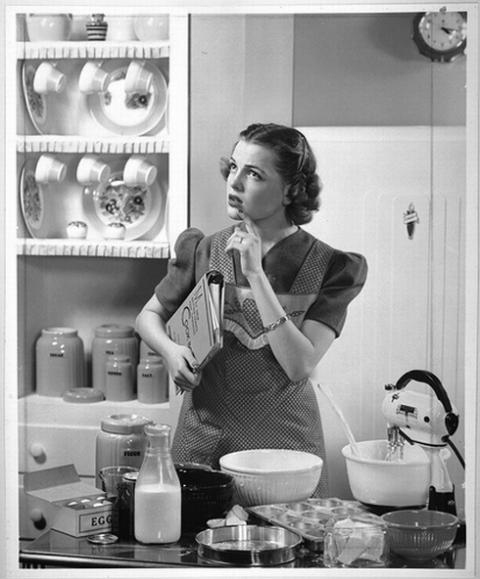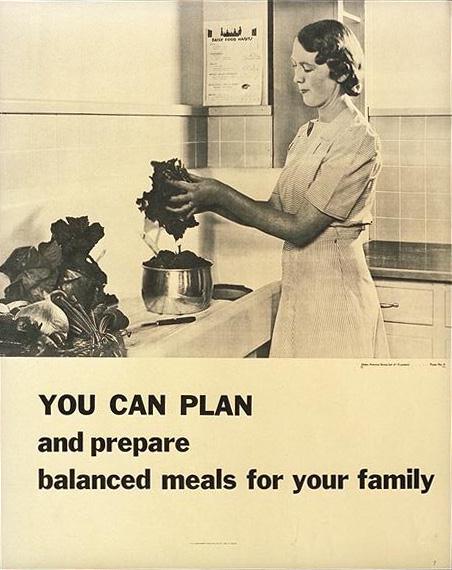Last year, during a beautiful moment of cosmically-aligned kismet, a group of ladies and I were able to host a few gatherings at my house in St. Louis, dubbed the Kitchen Speakeasy. I know, I know, It’s a pretty hipster name – but I really did capture the nature of this culinary market. These markets consisted of a few very old friends, some recent acquaintances, and brand new friends (which were, by the way, all women) and we sold things from jams and jellies to house-cured bacon to the most heavenly granola.
It was a few months of blissful, lady charged, culinary goodness. People wandered in, sampled goodies, and left with a bag of the finest South City kitchens had to offer. We felt fueled by each other, spending much of the day swapping kitchen war stories or tips on how to make yogurt or how to get that perfect color of hot sauce. Not to mention the feeling of pretty much selling out of product at every market. This band of fiery culinaristas could not be STOPPED.
Our homemade goodness would stick it to the man! It would change the world! It would bring about revolution!! Our Wild Cultured Yogurt and butcher paper wrapped English Bacon would cause people to rethink the grocery store, rethink their buying power, rethink their food life.
Our small batch Lime Honey Mint Butter and Fresh Wheatberries had brought us to the food promised land, a place where Balsamic Strawberries or Vermouth Mustard could illicit smiles and blissful moments. A place where our Bourbon and Strawberry Jam could be appreciated. Our hard work could be seen, shared, sold, and traded. A place where we could live forever!
But, alas, even after all the dramatic thinking – it did end. Not for any reason really, just sorta fizzled out. We all had shit to do. But the Kitchen Speakeasy is actually not the point of this blog post. It was just a stage set for one of the many things I learned from these smart ladies: you can totally grind your own wheat.
Now, I’m not saying “If you go buy a big bulky expensive grinder, and some fancy ingredients – you can grind you own wheat.” I mean to say, if you have a coffee grinder and some wheat berries – You Can Grind Your Own Wheat. This all started when I got a big bag of organic wheatberries from Amanda at Moonlight Farm.
I was ever so grateful to have another grain in my pantry, but I have to admit I get a little sick of wheatberry salad. The wheatberries just never get soft enough and that pop and crunch of a boiled wheatberry is only to be enjoyed every once in a while. I might, being the truth-sayer that I tend towards, have said this to Amanda. Luckily she found no offense in my rude remark and instead simply said, “Just grind them into flour.”
What?! WHAT!?!
Like the holy grail!? Fresh milled flour!?! In my kitchen!?! 
Yes. As easy as that. Take the wheatberries, put them in a coffee grinder, and go. FRESH MILLED FLOUR.
The flour is pretty much perfect. I have used it from yeast breads to quick breads to crackers and it adds a beautiful fresh and sweet flavor, not to mention a great texture. Why does it matter, you ask?! Fresh milled, who cares!!
Well, my dearies, here is a little info about fresh ground whole wheat flour from the owner of Moonlight Farm herself, Amanda:
Before we get to specifics, let me just say that fresh-ground flour was a bit of a revelation for me. I have always hated whole wheat pastry…to the point of causing a severe case of pastry-rage at times. Pastry should be buttery, flakey, cakey, moist, chewy, and several other desirable things…but wheaty and bran-y it should neverevereverever be. I hated that *tang* that whole wheat flour seemed to impart to my beloved baked goods.
But, then, I married a wheat farmer and discovered what freshly ground flour truly tastes like. I had no idea that the whole wheat flour on the shelves at the store was all at least slightly rancid (not in a dangerous way, mind you…). I didn’t know the oils in the wheat itself had such a short shelf life! Using fresh-ground flour in your recipes will, indeed, give them a bit more heft (and health) – but it does not have to take away or impede that sweetness we expect from our baked goods. The oils are fresh and mild, the wheat is nutty and delicious. It’s a win-win.
Her advice on grinding:
We currently use a Kitchenaid stainless steel coffee grinder (saving up for a countertop grain mill has taken us a bit longer than anticipated…but…for small amounts at a time, it’ll do). We bought our model at Target and it has been our favorite so far – the best part being the removable stainless grinder cup. Much easier to get all the good stuff out and much easier to clean.
Every coffee grinder has a max amount of time it should be used (if it doesn’t have an automatic shut-off), so please pay attention to the manufacturer’s instructions. If your grinder starts to get seriously heated, stop and give it a 20 to 30 minute rest. Once again, for small amounts, this shouldn’t be a problem.
We fill the grinder about 2/3 up to the max fill line and grind away. We usually do two or three 10-12 second grinds per fill. Once you have the amount you need, you can do one of two things – go happily about making your recipe, or, sift out a bit of bran and re-grind for finer flour. You can just use a fine-mesh sieve and sift the flour, pushing and rolling the flour around a bit. Just sifting can give you a finer/less bran-y flour, so you may not even need to re-grind. Now you have fresh flour. Store it in an airtight container in the fridge to keep fresh. If it’s used within a week, you will still be able to enjoy that fresh-ground taste!
She also shared a great recipe with us, for her most delicious Honey Whole Wheat Shortbread!
This shortbread is THE most versatile shortbread. Ever. There is nothing this little buttery golden round cannot do. Need breakfast? Eat it plain, butter it, or jam it. Need bread for soup? Totally works. Craving a melty savory snack? Throw on some roasted ham and your cheese of choice and broil and happy days are here again.
1/2 c FRESH GROUND whole wheat flour
1/2 c unbleached white flour
2/3 c (5.5 oz) unsalted butter, room temperature
1/3 c honey (local honey is perfect, but this is an excellent time to experiment with different varieties, as the flavor really shines here)
1/2 tsp kosher salt
*Parchment line and butter an 8 inch round cake pan or spring-form
*Pre-heat oven to 325 F
*Mix flours and salt in a small bowl until well combined.
*Cream butter and honey in a mixer or by hand until light and fluffy.
*Add flour to butter to create an even mixture. This doesn’t take long at all, so don’t overdo the mixing.
*Using a silicone spatula, plop and spread dough evenly in your pan.
*Prick dough all over with a fork. (if your fork is sticking/pulling the dough too much – dip it in some flour between pokes)
*Bake for about 25-30 minutes.
You’re looking for a nice slightly puffed golden brown and a heavenly honeybutter smell. It will still seem a bit soft and cakey, but it will get denser as it cools. Invert on a plate or board after it’s cooled for about 10-12 minutes. You may find you want a softer or more crumbly consistency – just bake for a shorter or longer amount of time until you find your perfect texture. Cut into wedges and enjoy. Tightly wrapped, this will keep on your counter for 2-3 days, in the fridge for a week, and in the freezer for 2-3 months.
So there you are. One more way to make your kitchen a culinary wonderland. Enjoy and keep cooking!!!



































